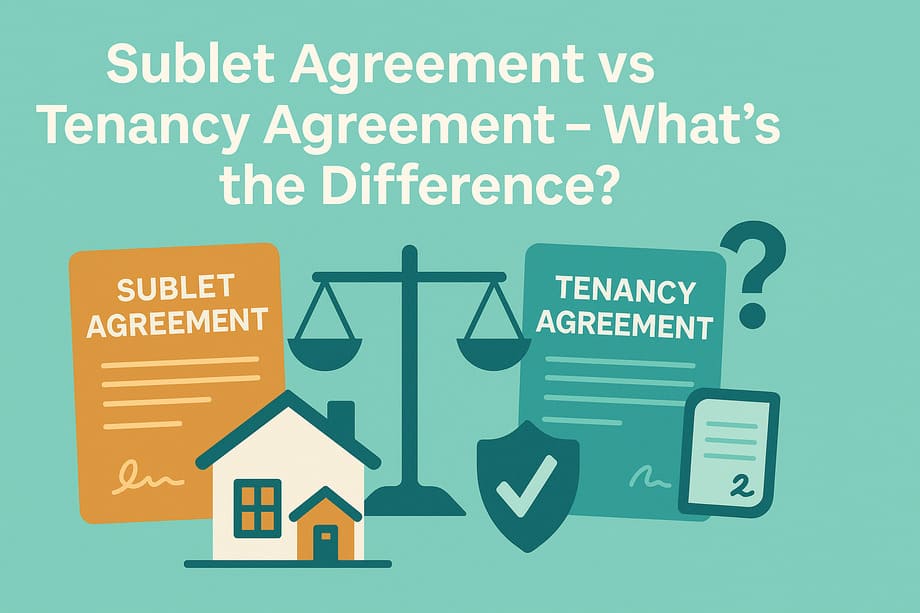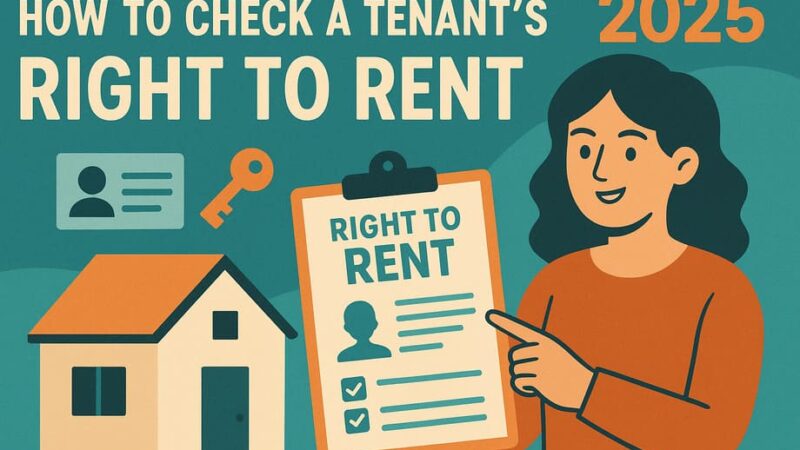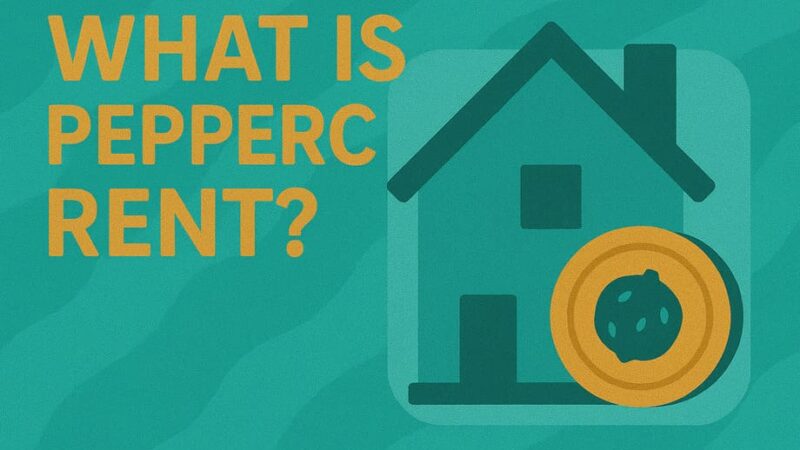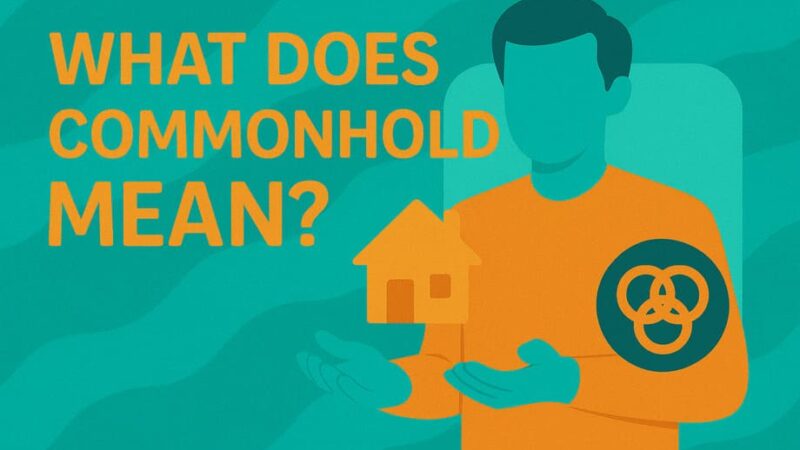Sublet Agreement vs Tenancy Agreement – What’s the Difference?

If you’re renting a property in the UK, you might come across both tenancy agreements and sublet agreements. At first glance, they may look similar, both are contracts that deal with renting a property. But they serve very different purposes, and confusing them can cause serious legal problems.
In this guide, we’ll break down the key differences between tenancy agreements and sublet agreements, when each is used, and why it’s important to understand the distinction.
What Is a Tenancy Agreement?
A tenancy agreement is the standard legal contract between a landlord and a tenant. It sets out the terms and conditions under which the tenant can occupy the property.
Key features of a tenancy agreement:
- Parties: Between the landlord (or letting agent) and the tenant.
- Scope: Grants the tenant the legal right to occupy the property.
- Duration: Can be fixed-term (e.g. 12 months) or periodic (month-to-month).
- Rent: Specifies how much the tenant pays, when, and how.
- Deposit: Usually requires a deposit, protected in a government-approved scheme.
- Legal framework: Governed by UK housing law (e.g. Housing Act 1988, Tenant Fees Act 2019).
What Is a Sublet Agreement?
A sublet agreement is a contract between the existing tenant (the “sublessor”) and a new tenant (the “sublessee”) who will live in the property, either in part of it or all of it.
Key features of a sublet agreement:
- Parties: Between the original tenant and the subtenant.
- Scope: Grants the subtenant a right to occupy, but the original tenant remains responsible to the landlord.
- Duration: Often shorter than the main tenancy, but must not exceed it.
- Rent: The subtenant usually pays rent to the original tenant.
- Landlord consent: Often required, many tenancy agreements forbid subletting without written permission.
- Legal framework: Must still comply with UK housing law, but the original tenant carries responsibility.
Key Differences Between Tenancy and Sublet Agreements
| Aspect | Tenancy Agreement | Sublet Agreement |
|---|---|---|
| Parties involved | Landlord & tenant | Tenant (sublessor) & subtenant |
| Legal responsibility | Tenant deals directly with landlord | Sublessor remains liable to landlord |
| Consent needed | Signed between landlord & tenant | Usually requires landlord’s written consent |
| Rent paid to | Landlord | Original tenant (sublessor) |
| Deposit | Protected in a tenancy deposit scheme | Often held by the sublessor (may not be protected) |
| Duration | Agreed directly with landlord | Cannot exceed original tenancy term |
Why the Distinction Matters
- Legal protection: Tenants under a tenancy agreement enjoy direct legal protections (e.g. deposit schemes, eviction rights). Subtenants often have fewer protections.
- Risk of breach: Subletting without permission can breach the tenancy agreement and result in eviction.
- Financial liability: The original tenant is still responsible for rent and damages, even if the subtenant fails to pay.
- Practical impact: Landlords may refuse sublets, but must allow tenants under a valid tenancy agreement.
When Should You Use Each?
- Tenancy Agreement:
- When you’re renting directly from a landlord or letting agent.
- Standard for almost all UK rental arrangements.
- Sublet Agreement:
- When a tenant rents out all or part of their property to someone else.
- Often used for short-term lets, students, or when tenants are temporarily away.
Always check your tenancy agreement first, if subletting is forbidden without permission, you must get written consent before signing a sublet agreement.
FAQs
Is a sublet agreement the same as a tenancy agreement?
No, tenancy agreements are between landlord and tenant, while sublet agreements are between tenant and subtenant.
Do I need landlord permission to sublet?
In most cases, yes. Subletting without consent may breach your tenancy and put you at risk of eviction.
Does a sublet agreement protect the subtenant?
Yes, but not as strongly as a tenancy agreement. The landlord’s responsibilities still fall on the original tenant.
Can a sublet run longer than the tenancy agreement?
No, the sublet must always end before or at the same time as the original tenancy.
Conclusion
The difference between a tenancy agreement and a sublet agreement lies mainly in who the contract is with and who remains legally responsible. A tenancy agreement is between landlord and tenant, while a sublet agreement is between a tenant and a subtenant with the tenant still accountable to the landlord.
If you’re thinking about subletting, always check your tenancy terms and secure landlord consent first. And whichever agreement you use, make sure it’s clear, written, and signed to protect all parties involved.
Last Updated on September 9, 2025 by James Cartwright







